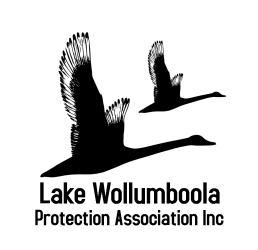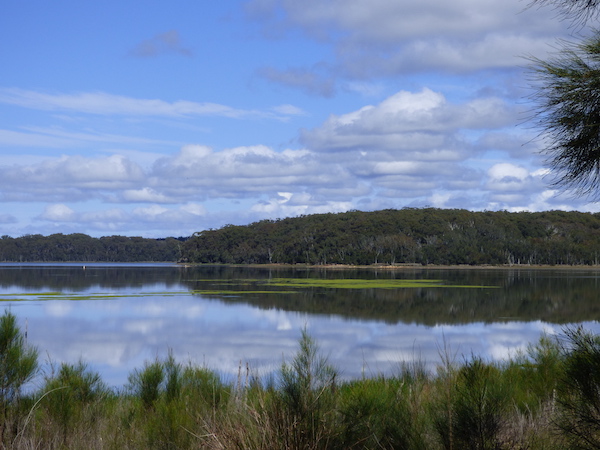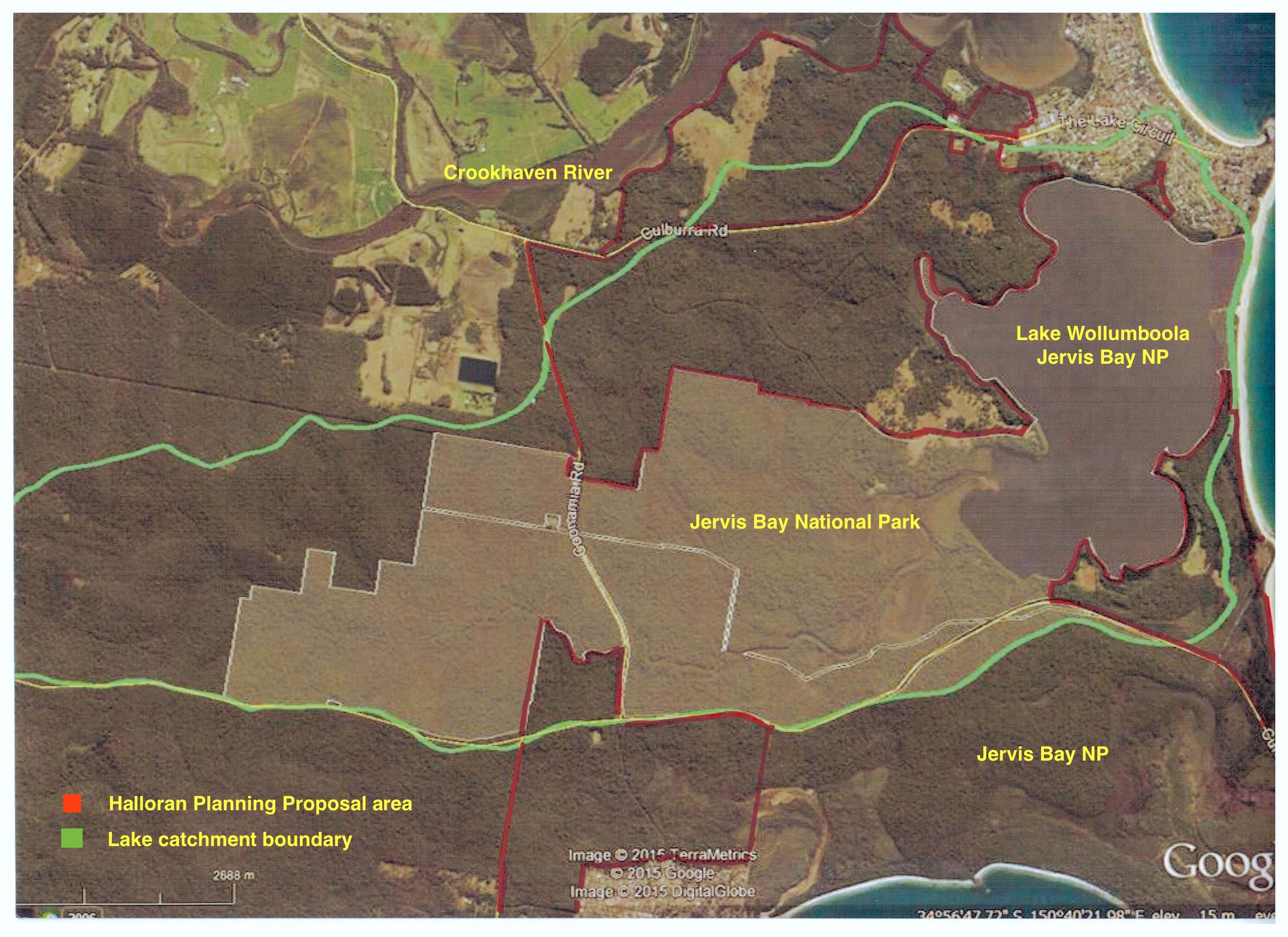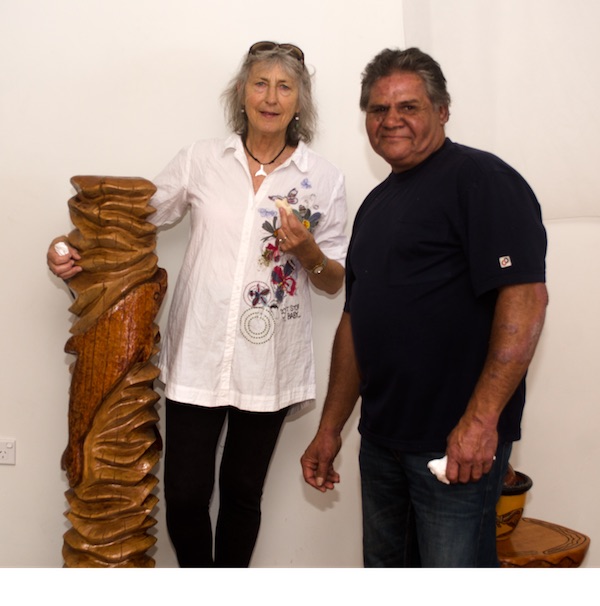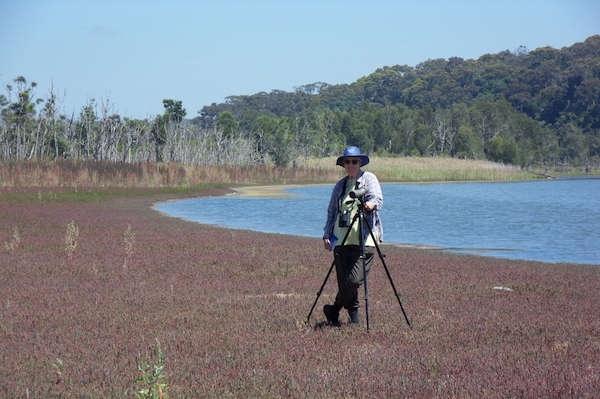Our campaign to protect Lake Wollumboola
Over the years we have remained focussed on:
- conserving the lake and its catchment as part of Jervis Bay National Park
- achieving international recognition of the lake’s values as a ” Wetland of international importance” under the Ramsar Convention
- documenting the history and ecology of the lake and catchment
- community education to to encourage understanding and appreciation of the lake.
We convened meetings and workshops, wrote letters to politicians and petitioned Shoalhaven City Council not to approve Realty Realizations’ development proposals.
In response, the then NSW Government in 1996 appointed the Long Bow Point Commission of Inquiry to examine the proposal for the Long Bow Point subdivision (837 residential lots, the first of six development stages.)
The NSW Government refusal of this application in 2000 and decision to review the land use zonings of the Lake catchment, were followed by a rollercoaster ride of government inquiries, all of which accepted our recommendations:
- the NSW Coastal Lakes Inquiry 2002 resulted in declaration of the Lake bed and sand bar as part of Jervis Bay National Park and the Government agreeing to progress the lake’s listing as a wetland of international importance under the Ramsar Convention.
- the South Coast Sensitive Urban Lands Review 2006 provided further evidence that the lake catchment is unsuitable for urban development and recommended that it should be zoned for Environment Conservation and included in Jervis Bay National Park.
- the South Coast Regional Strategy (2007) adopted the recommendations of these inquiries as the basis for land-use zoning in the Shoalhaven Local Environment Plan (SLEP).
Despite these Government decisions, the landowner Realty Realizations lodged two development applications, the first in 2010 for a mixed-use urban development in the Lake and Crookhaven River catchments and in 2011 for a golf course at Long Bow Point. Both these applications are inconsistent with past and present Government policy and as at 2017 have not been approved.
In March 2017 the Minister for Planning called in the golf course development application for Ministerial decision, rather than decision by Shoalhaven City Council, based on the advice of the Planning Assessment Commission that the application was a ‘State Significant Development.
Shoalhaven City Council also resisted the NSW Government’s policy that Long Bow Point and surrounds should be zoned for Environment Protection as part of the SLEP and instead recommended to the Minister for Planning a zoning to allow a golf course.
The 2013 NSW Office of Environment and Heritage, scientific research report in response to claims that these developments would have beneficial impacts on the lake, represented a critical turning point in this saga. The Report challenged these claims and concluded that the lake ‘is vulnerable to a catastrophic state change, if key processes are disrupted by nutrient enrichment” and that ‘it would never recover’.
